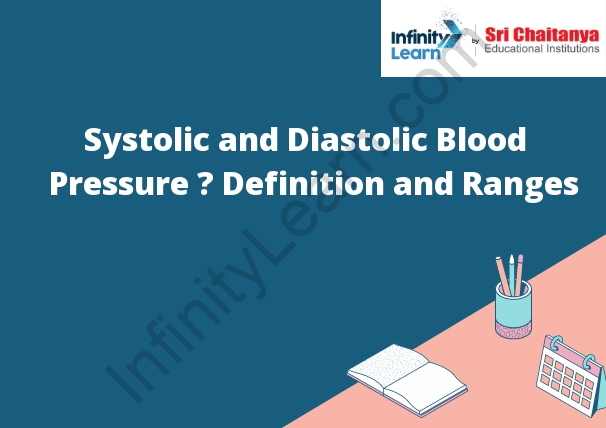Table of Contents
Blood Pressure Definition
The definition of blood pressure is the force exerted by blood on the walls of the blood vessels as the blood flows through them. Blood pressure is measured in millimeters of mercury (mmHg) and is expressed as two numbers, the systolic blood pressure and the diastolic blood pressure. The systolic blood pressure is the pressure when the heart contracts and pushes the blood out of the heart, and the diastolic blood pressure is the pressure when the heart relaxes and allows the blood to flow back into the heart.

Blood Pressure Overviews
Your blood pressure is the measure of the pressure of your blood flow as it circulates through your body. Blood pressure is expressed in two numbers:
The first number is the systolic pressure, which is the pressure of your blood as it pumps out of your heart. The second number is the diastolic pressure, which is the pressure of your blood as it rests between heartbeats.
A blood pressure reading of 120/80 is considered normal. A blood pressure reading of 140/90 or higher is considered high blood pressure, or hypertension.
Systolic and Diastolic Blood Pressure
The systolic blood pressure is the maximum arterial pressure reached during a heartbeat. The diastolic blood pressure is the arterial pressure when the heart is at rest.
Systolic Blood Pressure is too High:
When someone’s systolic blood pressure is too high, it means that the pressure of the blood circulating through their body is too high. This can be a sign that they are at risk for a heart attack or stroke.
Some things that can cause systolic blood pressure to become too high include:
- Smoking
- Being overweight or obese
- Eating an unhealthy diet
- Not getting enough exercise
- High levels of stress
- Drinking too much alcohol
- Taking certain medications
Systolic Blood Pressure is too Low:
A systolic blood pressure that is lower than 120 millimeters of mercury (mmHg) is considered too low. A low systolic blood pressure may be a sign of a serious health problem.
Some possible causes of a low systolic blood pressure include:
- Dehydration
- Heart attack
- Heart failure
- Infection
- Severe anemia
- Shock
- Spinal cord injury
- A low systolic blood pressure may cause symptoms such as:
- Dizziness
- Fainting
- Lightheadedness
- Weakness
- If you have a low systolic blood pressure, your doctor may order tests to determine the cause. Treatment for a low systolic blood pressure may include:
- Drinking fluids
- Rest
- Treating the underlying condition
- Taking medication
If you have a low systolic blood pressure, it is important to drink fluids and rest until the blood pressure is back to normal. Treatment for the underlying condition may also be necessary.
Diastolic dysfunction
Diastolic dysfunction is a condition in which the heart muscle does not relax properly between heartbeats, making it difficult for the heart to fill with blood. This can lead to a decrease in the amount of blood that is pumped out of the heart and can cause symptoms such as shortness of breath and fatigue.
There are a number of things that can cause diastolic dysfunction, including age, high blood pressure, heart attack, and diabetes. Treatment for diastolic dysfunction typically includes lifestyle changes such as quitting smoking, eating a healthy diet, and getting regular exercise, and medications such as ACE inhibitors and beta blockers.
Diastolic dysfunction can be a serious condition, so it is important to seek medical attention if you are experiencing any of the symptoms. With lifestyle changes and medications, most people with diastolic dysfunction can live a full and healthy life.









